- Home
- Articles
- Architectural Portfolio
- Architectral Presentation
- Inspirational Stories
- Architecture News
- Visualization
- BIM Industry
- Facade Design
- Parametric Design
- Career
- Landscape Architecture
- Construction
- Artificial Intelligence
- Sketching
- Design Softwares
- Diagrams
- Writing
- Architectural Tips
- Sustainability
- Courses
- Concept
- Technology
- History & Heritage
- Future of Architecture
- Guides & How-To
- Art & Culture
- Projects
- Interior Design
- Competitions
- Jobs
- Store
- Tools
- More
- Home
- Articles
- Architectural Portfolio
- Architectral Presentation
- Inspirational Stories
- Architecture News
- Visualization
- BIM Industry
- Facade Design
- Parametric Design
- Career
- Landscape Architecture
- Construction
- Artificial Intelligence
- Sketching
- Design Softwares
- Diagrams
- Writing
- Architectural Tips
- Sustainability
- Courses
- Concept
- Technology
- History & Heritage
- Future of Architecture
- Guides & How-To
- Art & Culture
- Projects
- Interior Design
- Competitions
- Jobs
- Store
- Tools
- More
How Workspace Design is Adapting to Urban Sustainability Mandates

Think back to your last office. Fluorescent lights buzzing. Grey walls. Maybe the occasional potted plant dying in the corner, if you were lucky. Now, fast forward to today. Chances are that your workspace feels different — brighter, cleaner, more open. Maybe there’s more daylight. More green. More purpose.
That’s not just design evolution. That’s sustainability kicking down the door.
Cities across the globe are tightening their environmental policies. And office spaces? They’re getting a serious wake-up call. We’re talking stricter building codes, smarter energy use, sustainable materials — basically, a new set of rules for anyone designing or redesigning workspaces.
But let’s not make it sound like a snooze-fest of compliance checklists. This shift, though rooted in regulation, is sparking some wildly creative ideas. It’s not just changing what offices look like — it’s changing how they work, how they feel, and how they shape the people inside them.
So, how are office interior designers navigating these urban sustainability mandates without killing style or comfort?
Let’s get into it.
Table of Contents
ToggleThe Urban Green Push: What’s Really Going On?
Sustainability in cities is no longer a vague concept. It’s measurable. Enforceable. In many cases, it is non-negotiable.

With rising concerns over carbon emissions, resource depletion, and the overall health of our urban environments, governments are stepping in. Hard. From green building certifications and water conservation laws to mandated energy ratings, the list is growing fast.
And while it may feel like a lot to take in, the reality is: it’s necessary. Offices, especially in urban centres, are major energy guzzlers. They’re also where millions of us spend most of our waking hours. So, making them greener? It’s common sense.
But here’s where it gets interesting. The mandates are forcing a rethink—not just of what goes into the design, but how we define a “productive” space in the first place.
Because let’s be honest. If a beautiful office drains the grid, wastes water, and makes employees ill with poor air quality… what’s the point?
From Boxy Cubicles to Breathing Spaces
Let’s talk about trends. No, not the fads that disappear faster than a free snack at a Monday meeting. We mean the real shifts happening in office design, driven by a need to be more planet-friendly and people-focused.
1. Let There Be (Natural) Light
Big windows. Skylights. Glass partitions. Light shelves. Designers are going all in on daylight—and not just because it looks nice in Instagram posts.
Natural light reduces the need for artificial lighting during work hours. That’s a direct cut to electricity use. Plus, studies have shown it helps with mood, focus, and even sleep cycles.
So, it’s a sustainability win and a human one.
2. Energy Efficiency, Built In
Motion-sensor lighting, occupancy-based air conditioning, solar-powered common areas—you name it. Energy conservation isn’t an add-on anymore. It’s baked into the blueprint from day one.
The result? Offices that are smarter, leaner, and often, more pleasant to work in.
3. Green Inside and Out
Plants aren’t just for decoration. They’re now part of the office ecosystem — literally. Living walls, green rooftops, indoor herb gardens… they’re purifying air, regulating temperature, and adding texture to otherwise sterile spaces.
And no, it’s not just about looking eco-chic. It improves indoor air quality and reduces urban heat impact. Plus, people just feel better around greenery. Go figure.
4. Materials That Make a Difference
Designers are being more mindful about what they use. From reclaimed wood and recycled tiles to low-VOC paints and bamboo flooring — everything is scrutinised.

Even office furniture is being rethought. No more generic plastic chairs. You’ll now find pieces made from ocean waste, reconditioned steel, or biodegradable fabric.
The Role of Office Interior Designers in All This
Here’s the deal. You can have all the sustainability rules in the world, but without the right design mind, it’s just a bunch of boxes to tick.
That’s where office interior designers come in. And not the Pinterest-obsessed kind (though a bit of visual flair doesn’t hurt). We’re talking about pros who can balance aesthetics, functionality, compliance, and environmental impact — all in the same project.
They’re the bridge between legislation and lifestyle. The ones making sure your office looks great, runs efficiently, and doesn’t break a dozen green codes in the process.
The Gurgaon Example: Where Innovation Meets Regulation
Let’s zoom in for a moment, because Gurgaon, one of India’s fastest-growing business hubs, is becoming a quiet leader in green office transformation.
Now, you might not associate Gurgaon with sustainability right off the bat. Skyscrapers? Yes. Traffic jams? Definitely. But eco-conscious design? It’s catching on.
With a mix of new builds and retrofitted office parks, the city is seeing a rise in sustainable design demands. And that’s where office interior designers in Gurgaon are stepping up.
These designers aren’t just applying global trends. They’re tailoring them to local context — like creating passive cooling systems suited for Gurgaon’s hot summers or integrating rainwater harvesting into office landscapes. It’s smart. It’s practical. And it shows how location-specific sustainability can be achieved.
Designing for the People, Not Just the Planet
Now here’s something that’s sometimes missed in the green design conversation: the people inside the office matter just as much as the office itself.
Because an eco-certified workspace that’s uncomfortable to work in? That’s a failure.
So, today’s sustainability-focused offices are also focused on wellbeing. They’re being designed for how people move, sit, collaborate — even breathe.
Ergonomics and Movement
Standing desks. Flexible seating. Breakout pods. Offices now encourage movement instead of punishing it.

Acoustics and Focus
Sustainable doesn’t mean echoey. Acoustic panels made from recycled fibres, soft furnishings, and smart layouts keep sound levels sane.
Air and Light
Smart climate systems ensure you don’t freeze under a vent or roast next to a window. And lights now adjust to the time of day, not just blare like a surgery theatre all day long.
It’s human-first, not just earth-first. And it’s proving that sustainability and comfort don’t have to be on opposite sides of the design table.
Conclusion: It’s Not Just a Trend but the New Baseline
Urban sustainability mandates might feel like a constraint at first glance. Rules. Restrictions. More boxes to tick. But step back, and you’ll see what they’re doing.
They’re pushing the design world — especially in the workspace arena — into a more intentional, more thoughtful, and yes, more beautiful place.
They’re forcing us to ask: what do people really need from any space? What does the planet need from it, too? And how do we honour both?
The good news? With the rise of talented, forward-thinking office interior designers, we’re getting better answers than ever before.
So next time you walk into an office that feels just right — airy, calm, flexible, and somehow… fresh — there’s a good chance it’s because someone, somewhere, didn’t just follow a green rulebook.
They are designed with the heart. With brains. And with the future in mind.
Submit your architectural projects
Follow these steps for submission your project. Submission FormLatest Posts
Eco-Friendly Floor Coverings: Smart Choices for a Greener Home
Eco-friendly floor coverings made simple: discover sustainable materials, trusted certifications, and room-by-room...
What are Biodomes?
Biodomes are transforming architecture by blending ecological science with advanced design to...
The Quiet Revolution of Biophilic Design
Biophilic design is reshaping homes, workplaces, and cities—backed by evidence. Learn core...
Sustainable Solutions in Contemporary Architecture: From Passive Design to Clean Energy
Sustainable solutions in contemporary architecture: a practical playbook to hit net-zero, cut...




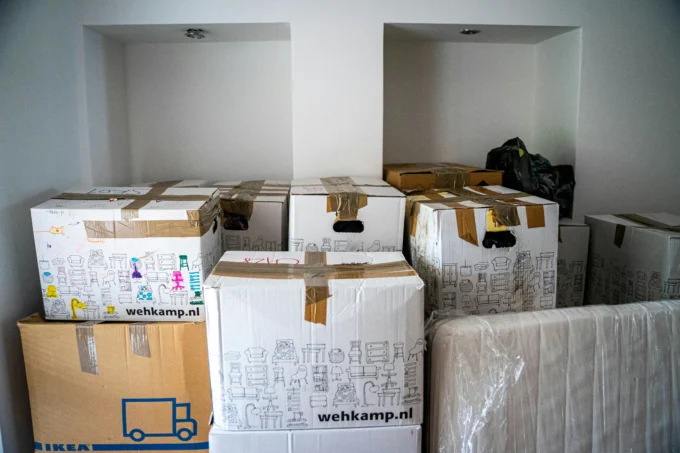

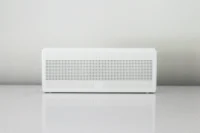

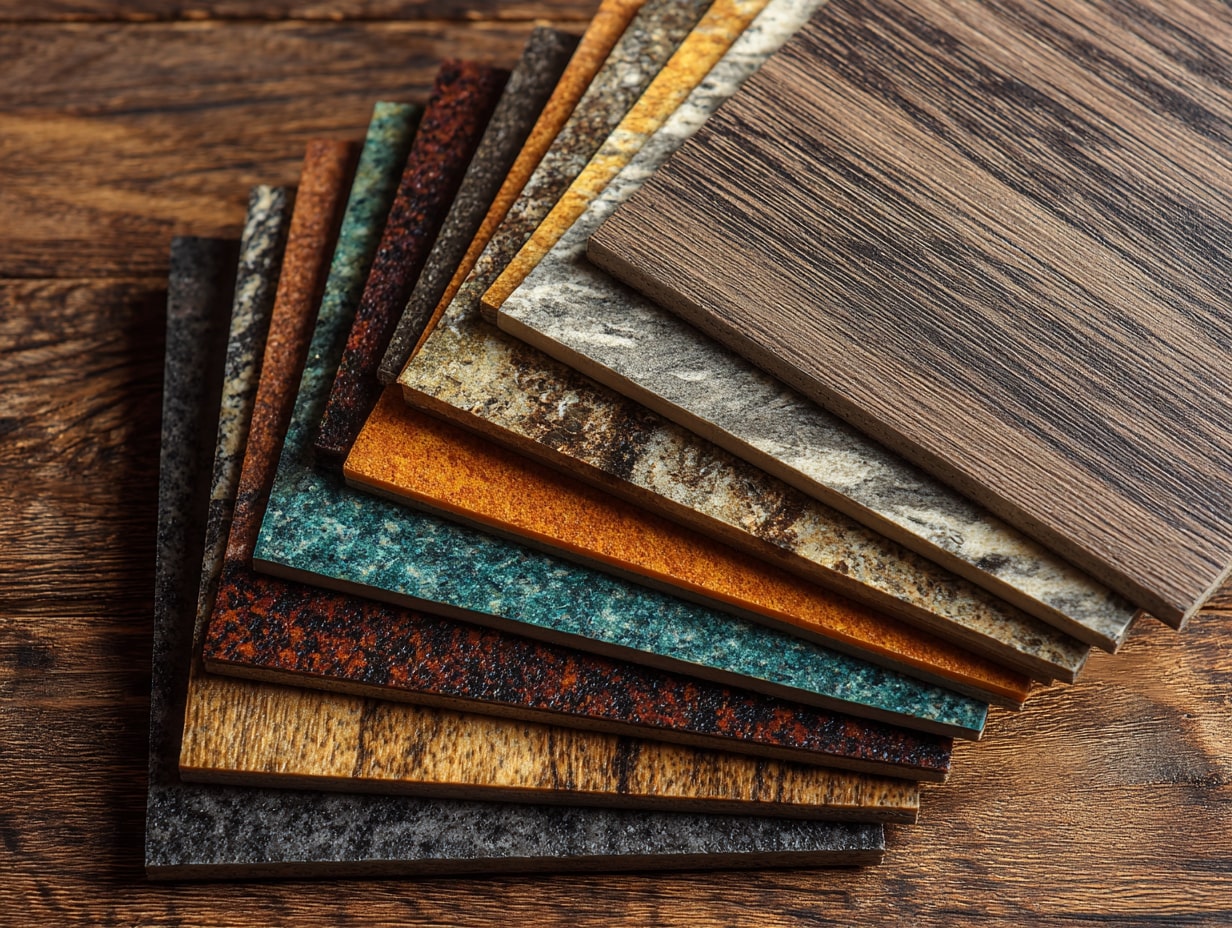

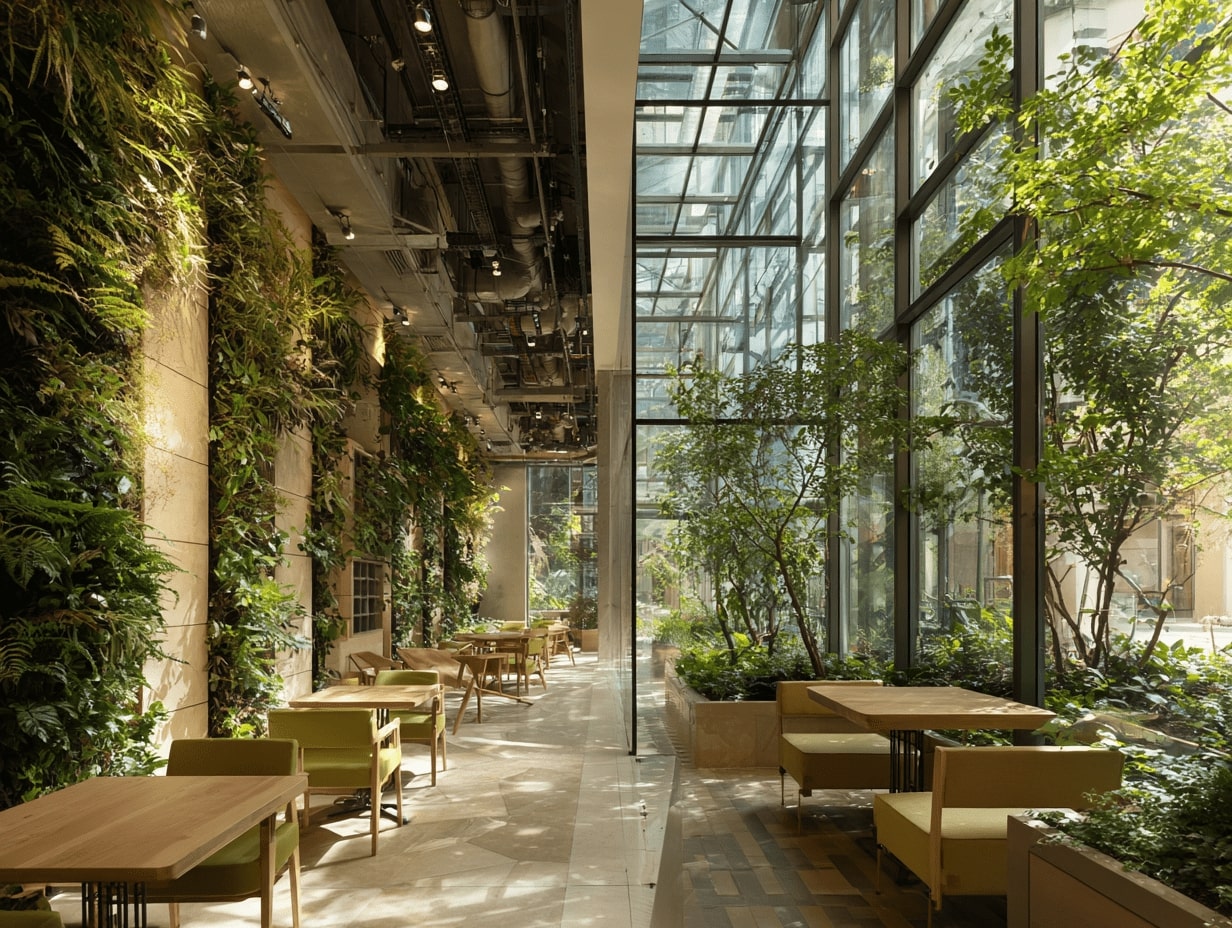
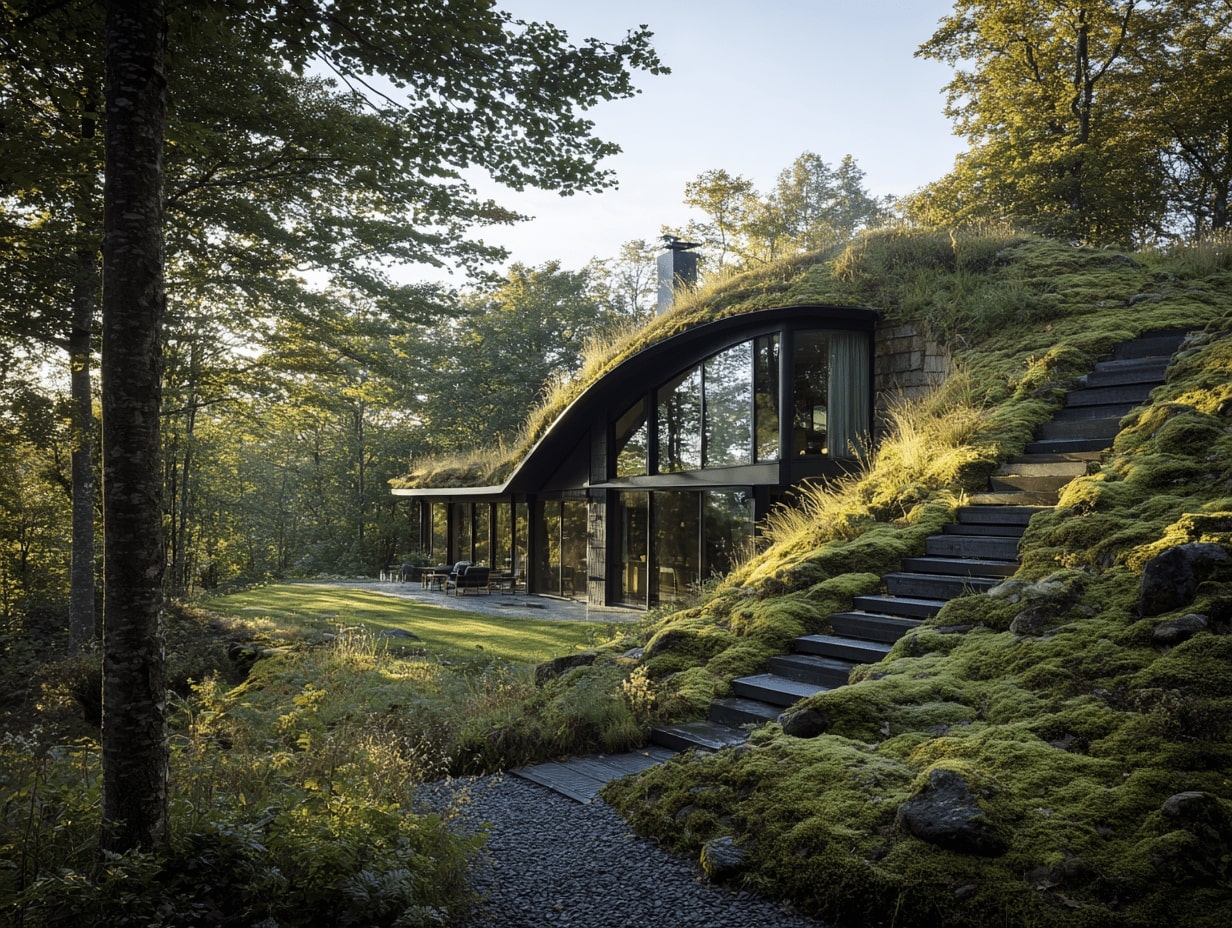
Leave a comment